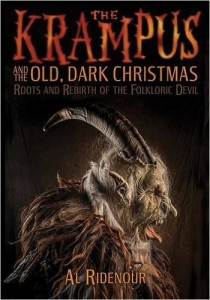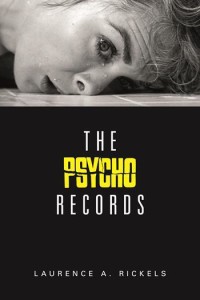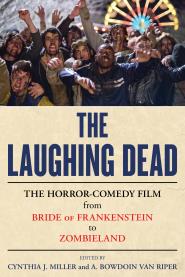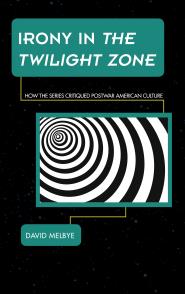 FINAL DAYS!
FINAL DAYS!
Call for Contributors
Elder Horror on Screen: Hermits, Harbingers, and Hags
(4/1/17 Abstracts; 10/1/17 Essays)
As the baby boom generation grays, representations of the elderly on screen are receiving significant scholarly attention. Cinematic depictions of aging as a degenerative process, the othering, marginalization, and victimization of the elderly, and fears of the finality of death have all been increasingly highlighted and analyzed as we attempt to sort out the complex social, psychological, economic, and emotional consequences of—and responses to—growing old.
Absent from these considerations, however, is a genre in which our fears of growing and being old, and of the elderly, take on fantastic proportions: Horror. Here, the threats of aging are made manifest and bloody—by the eccentric harbinger of doom, the crone who seeks to restore her vitality, the pensioners who bargain with the supernatural to cheat death, and ancestors who return from the grave to curse the living—as well as threats to the aged, whether cast as frail victims or as stalwart gatekeepers and repositories of Old World knowledge.
This collection seeks essays on films in which these horrors of aging are prominently featured. It will explore the ways in which these texts reflect—and shape—our ambivalent attitudes toward growing old, exploring cinematic presentations of aging as the ultimate, inescapable horror destined to overtake us all, as a terrifying time of reckoning with past sins, and as a portal to unexpected (even unimaginable) powers. It will also pose new questions about our complex relationship with the aged, whose role as keepers of wisdom and experience simultaneously intrigues and unsettles us.
We seek proposals for intelligent, accessible chapters—rigorous scholarship and innovative ideas expressed in clear, vigorous, jargon-free prose—that examine and critically analyze the relationship between aging and horror as it is portrayed across a range of films and eras. Proposals for both topical essays and close readings of a single text are welcome. Proposals on films produced outside the US are very welcome. Previously unpublished work only, please.
While genre horror is a ready vehicle for these images, proposals looking at terrors associated with aging and the elderly in other genres, such as melodrama, science fiction, and genre hybrids or mash-ups are also very welcome. Possible topics include (but are not limited to):
* The elderly as harbingers of doom (Friday the 13th 1 and 2, Trolls 2, Krampus)
* The elderly as victims—or not (Breathe, Homebodies, Rabid Grannies, The Visit)
* Unholy alliances (Rosemary’s Baby, The House of the Devil, Paranormal Activity)
* Aging and revenge (Dead Silence, Drag Me to Hell)
* Chasing youth (Countess Dracula, Hocus Pocus, The Brothers Grimm)
* End-of-life reckoning (Ghost Story [1981], Bubba Ho-Tep)
* Bodies of horror (Psycho, Whatever Happened to Aunt Alice, Grandma’s House)
Please send your 500-word abstract to both co-editors, Cindy Miller (cynthia_miller@emerson.edu) and Bow Van Riper (abvanriper@gmail.com).
Publication Timetable:
Abstracts – Apr. 1, 2017
First Drafts – Oct. 1, 2017
Revisions – Feb. 1, 2018
Submission – May 1, 2018
Acceptance will be contingent upon the contributors’ ability to meet these deadlines, and to deliver professional-quality work. Contributors who, without prior arrangement, do not submit their initial draft by the deadline will, regrettably, be dropped from the project.



 The fine blog,
The fine blog, 







